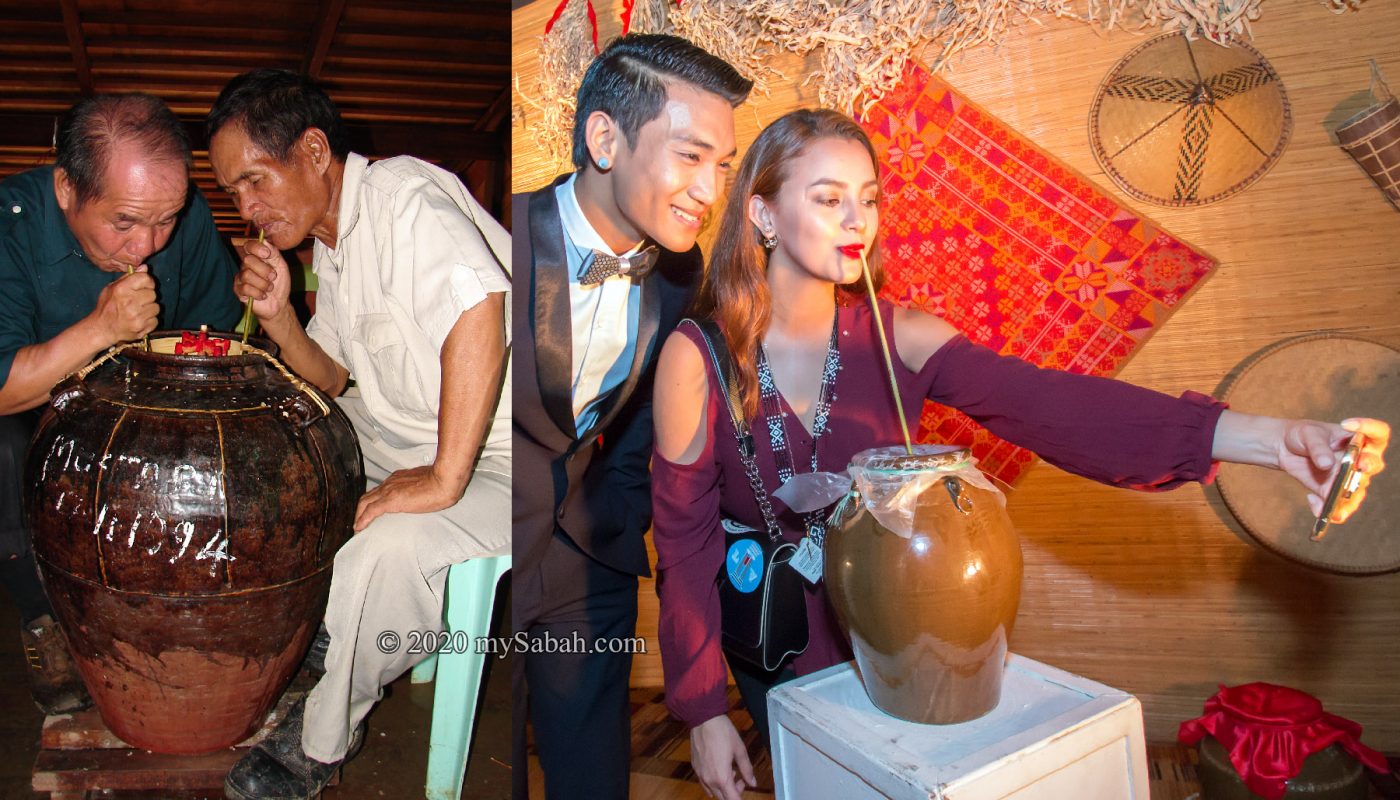Rice is the staple food of Sabah people. And Tapai, the most iconic Sabah wine, is brewed from rice too. Tapai is more than just an alcoholic drink. It’s a glue that connects Sabahans from different ethnicity, and Rice is for our stomach and Tapai is for our soul.
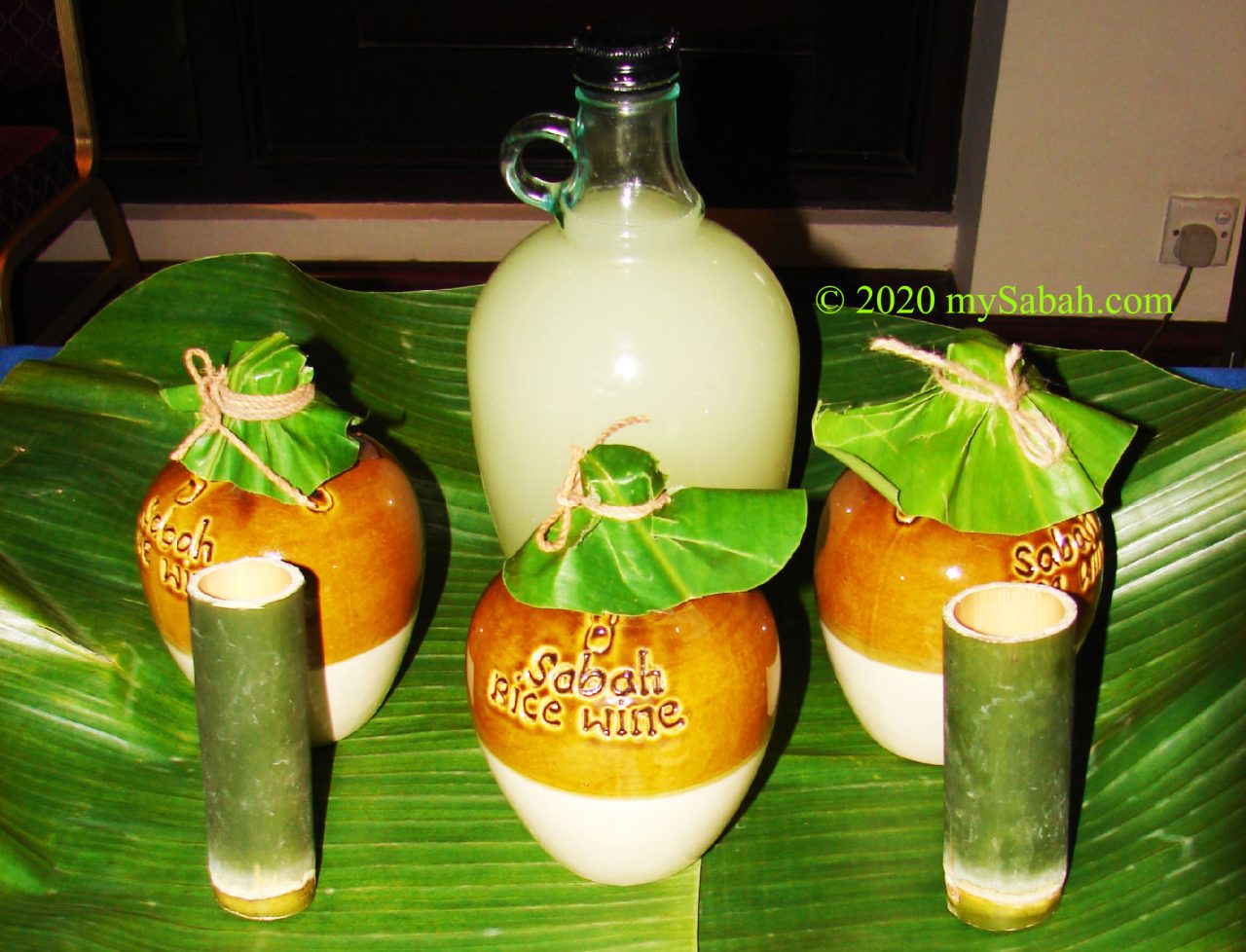
A Spiritual Drink
When North Borneo (now Sabah) was ruled by British, some westerners lost their heads for not respecting the local drinking culture. In 1913, British imposed Tapai tax on Murut people, on top of forced labour and various other taxes. The Murut people were fuming. First time ever in Sabah history, Murut from Keningau, Tenom dan Pensiangan united to form a Murut Nation led by Ontoros Antanom, who crushed the British forces with his nearly 1,000 headhunting warriors until 1915.
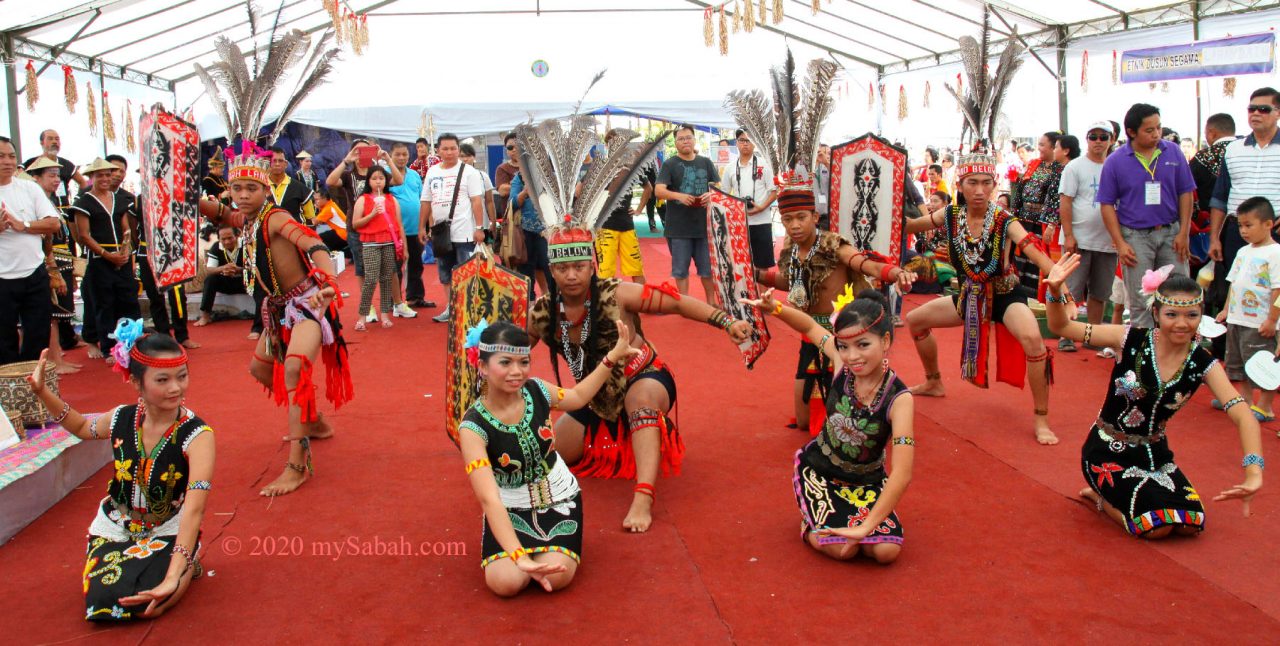
A research paper from The National University of Malaysia (UKM) explains the causes well. Here is an excerpt from the paper:
“What the British failed to realise was the social significance of drinking. It was essential in all types of ceremonies such as birth, death, the harvest festival, weddings, house building, settling feuds, honouring guest etc. For this reason, the native liquor tax can be seen as an infringement of Murut social life… their (Murut) main grievances were the taxes on tapai and the ladang tax for felling of jungle.”
— Callistus Fernandez, “Contesting Colonial Discourse: Rewriting Murut History of Resistance in British North Borneo from 1881 to 1915”
Kadazandusun people, the largest indigenous group of Sabah, believe that there is a spirit named Bambarayon, who dwells in paddy and its well-being is critical for a bountiful harvest. The making and drinking of Tapai comes with many ritualistic practices, to show respect to Bambarayon.
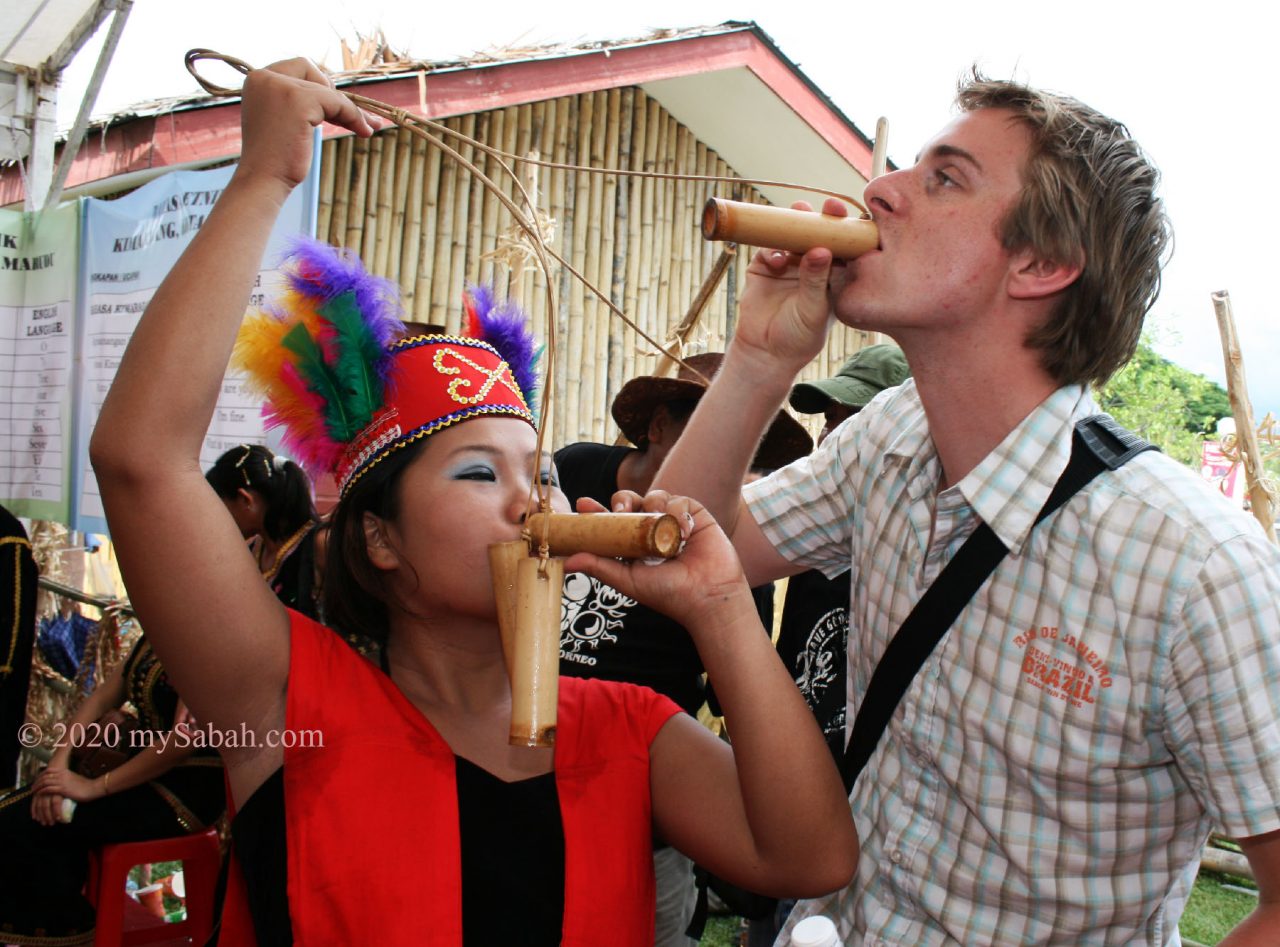
When a Sabahan looks at you, touches his throat lightly with finger tips, as if he is having a sore throat, and says Haus (Thirsty), he is signaling for a drink in a playful way. You can respond by saying Aramaiti, a verb or noun which means drink happily together or to drink until our faces are red. The “drink” can be beer, tapai, and other alcoholic drink.
Types and Taste of Tapai
Tapai is a collective term for many wines in Sabah. Though Tapai is commonly translated as rice wine, other food materials such as tapioca and pineapple are used in place of rice too. Every Sabah ethnic groups and districts may have their own version of Tapai because of different ingredients. For example, a bit of tobacco shreds or cinnamon powder would be added to give Tapai a special flavour.
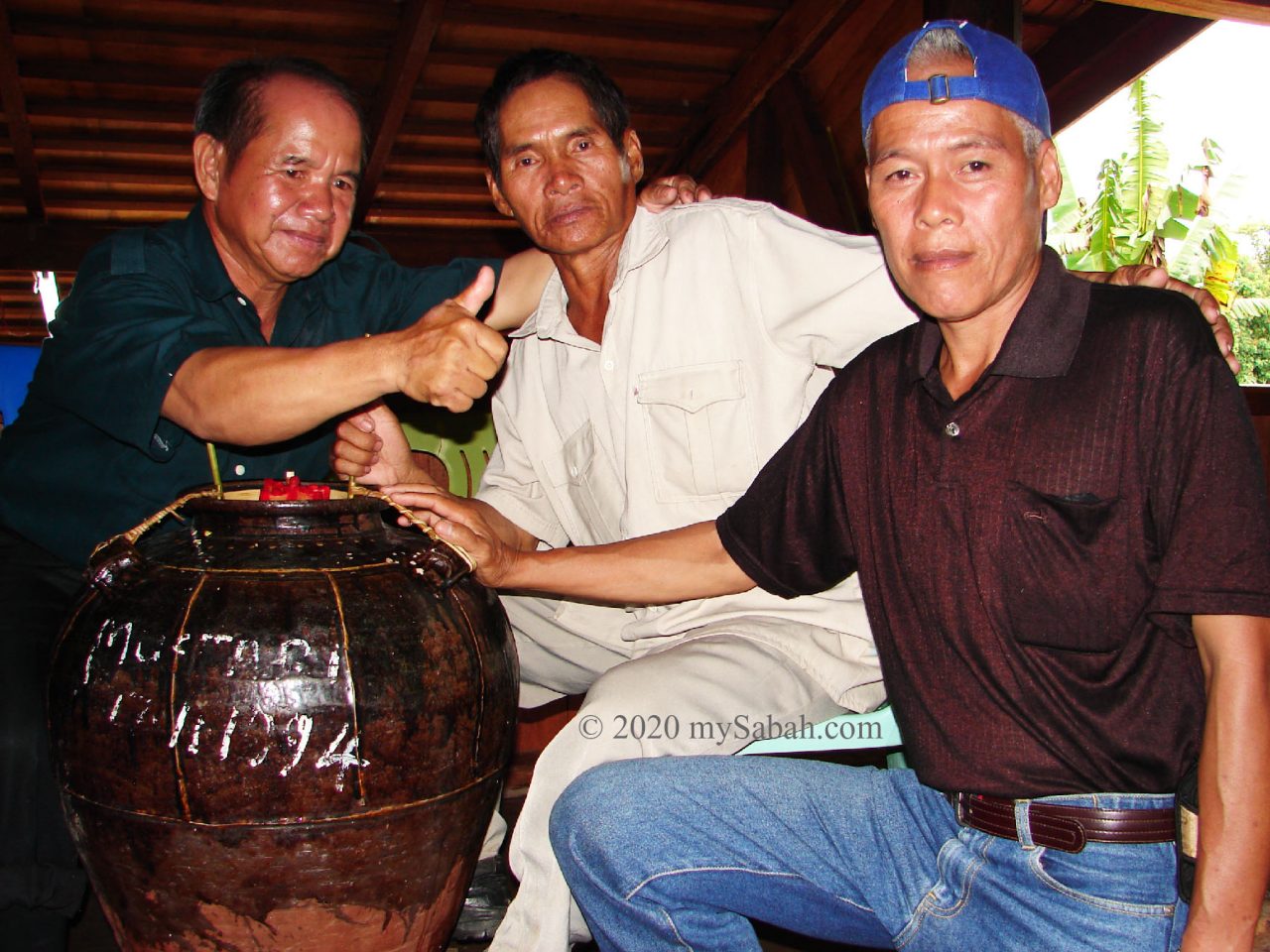
Rice wine has many names such as tapai, talak, lihing, linutau, kinopasa and kinupi. The wines brewed from tubers of cassava (tapioca) are called montoku (potent!) or kinomulok. The coconut flower stems can produce pinkish sap that is famous for making tuak, toddy or bahar.
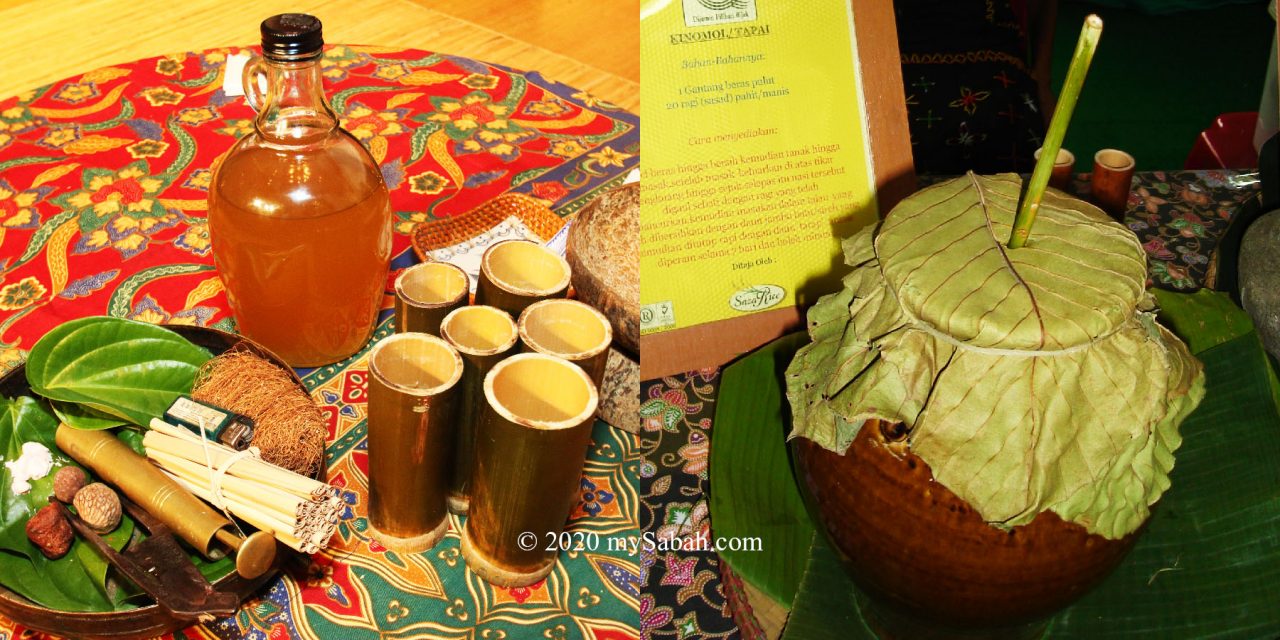
Tapai varies in tastes such as bitter sweet, sour, sour sweet and plain. Tapai with bitter sweet taste is considered the best quality, and plain taste is the worst. Tapai is rich in carbohydrates, polysaccharides and alcohol. Generally Tapai is quite potent, with alcoholic contents ranges from 0.05 to 50%, sometimes even up to 70%, so it can knock out a lightweight drinker fairly quick. In my experience, never mix Tapai with beer, unless you have a bed to fall onto, right after a swift black out.
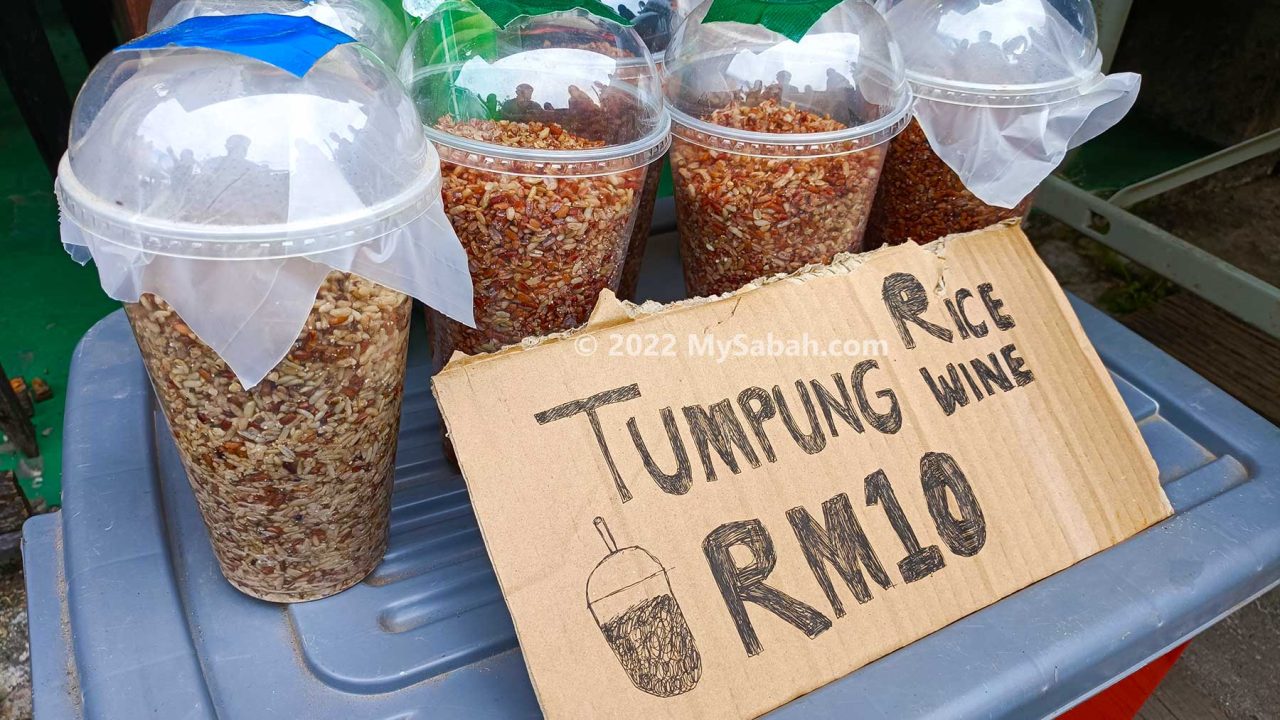
Traditionally, Tapai is brewed and stored in ceramic jars, the highly priced assets that are treated as symbol of wealth and valuable bride price in history.
Lihing Vs Tapai
Lihing is the most popular type of Tapai. Both Tapai and Lihing are brewed with the similar methods. Glutinous rice (sticky rice) is used in brewing Lihing, and Tapai uses normal and brown rice. The key difference between Tapai and Lihing is – Lihing has the sediments (rice and yeast particles) segregated from Tapai, so Lihing is more refined and appears as a translucent and beautiful amber liquid (it turns dark when aged, even better). In contrast, Tapai is cloudy due to its residues. Lihing is also fermented for long time (two or more months).
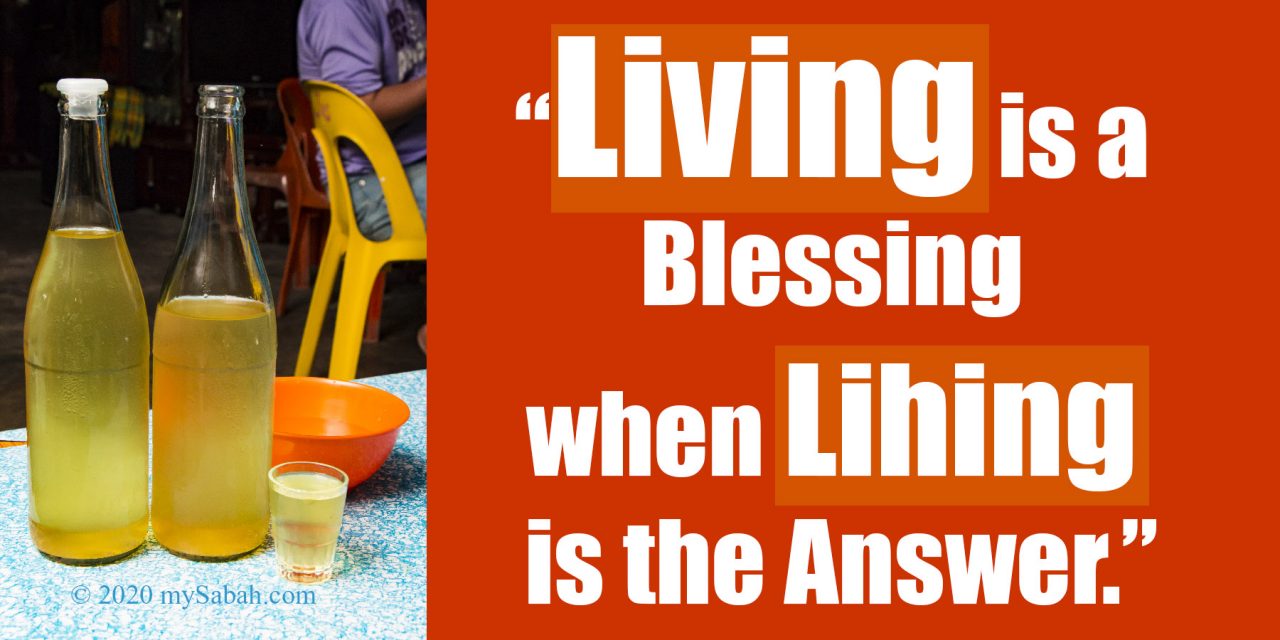
Therefore, Tapai is a raw wine stored and served in jar, mainly for self-consumption, while Lihing is more marketable and better for preservation. Same as Tapai, Lihing can be made from rice, tapioca or pineapple. In fact, Lihing is also widely used in cooking of some delicious dishes such as Lihing Chicken and Drunken Crabs. Adding Lihing to Tuaran Fried Noodle also enhances its aroma. You can even make Lihing Ice-Cream.
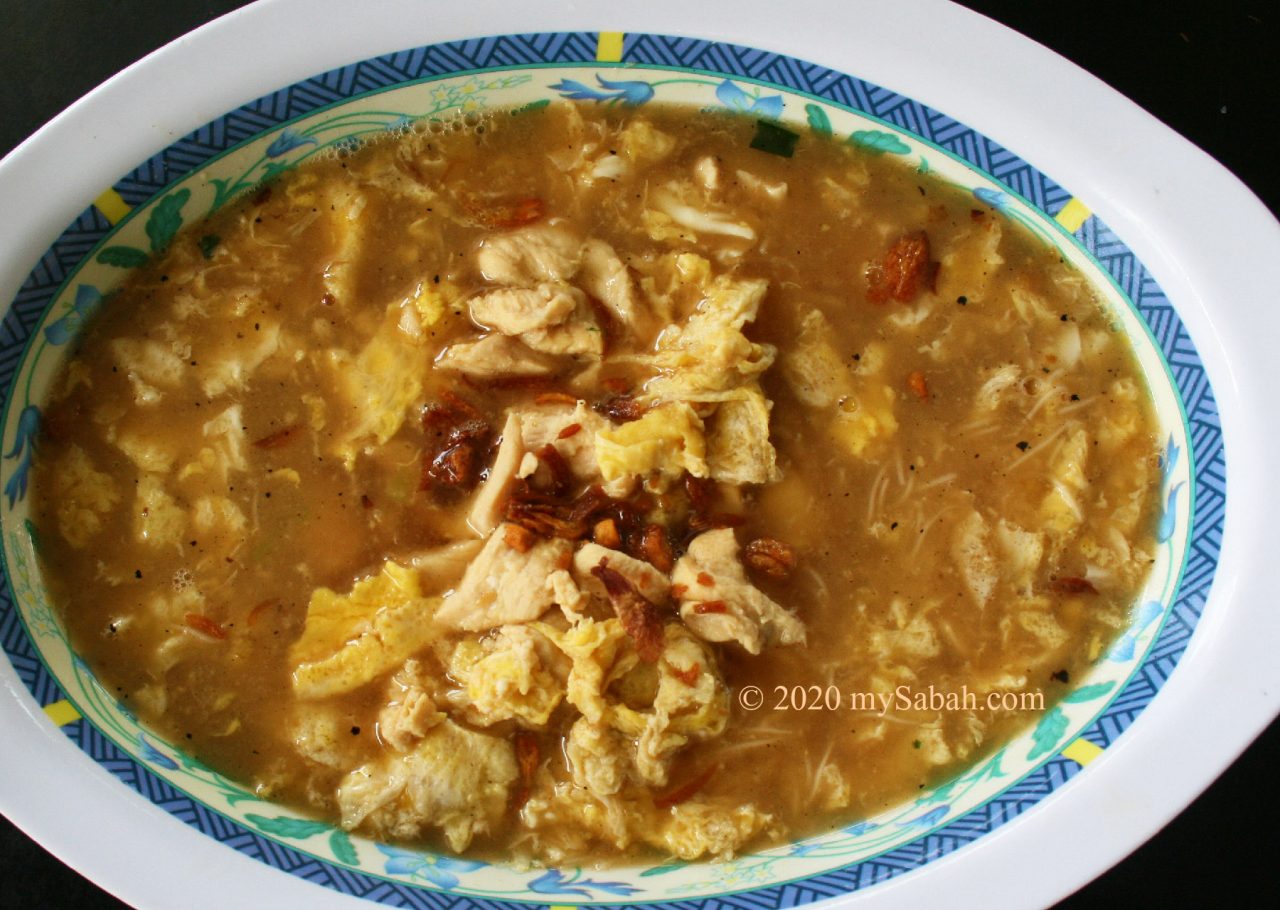
There are a few Sabah entrepreneurs who are really passionate about making top quality Lihing, and they want Lihing to evolve and walk out of “kampung” (village) to become a household brand. Look at the line-up of Lihing below. You will be impressed to see how creative the Lihing products can be! (This is not a sponsored post)
1. Lihing Nilyn
Lihing Nilyn is a homemade rice wine brand originated from Penampang. Ms. Honilin Pudin, the founder of Lihing Nilyn, has been making Lihing for over 50 years, using the traditional methods inherited from her grandparents. I like the classy bottling and Sumazau dancers label of Lihing Nilyn, which make it a very presentable souvenir or gift.
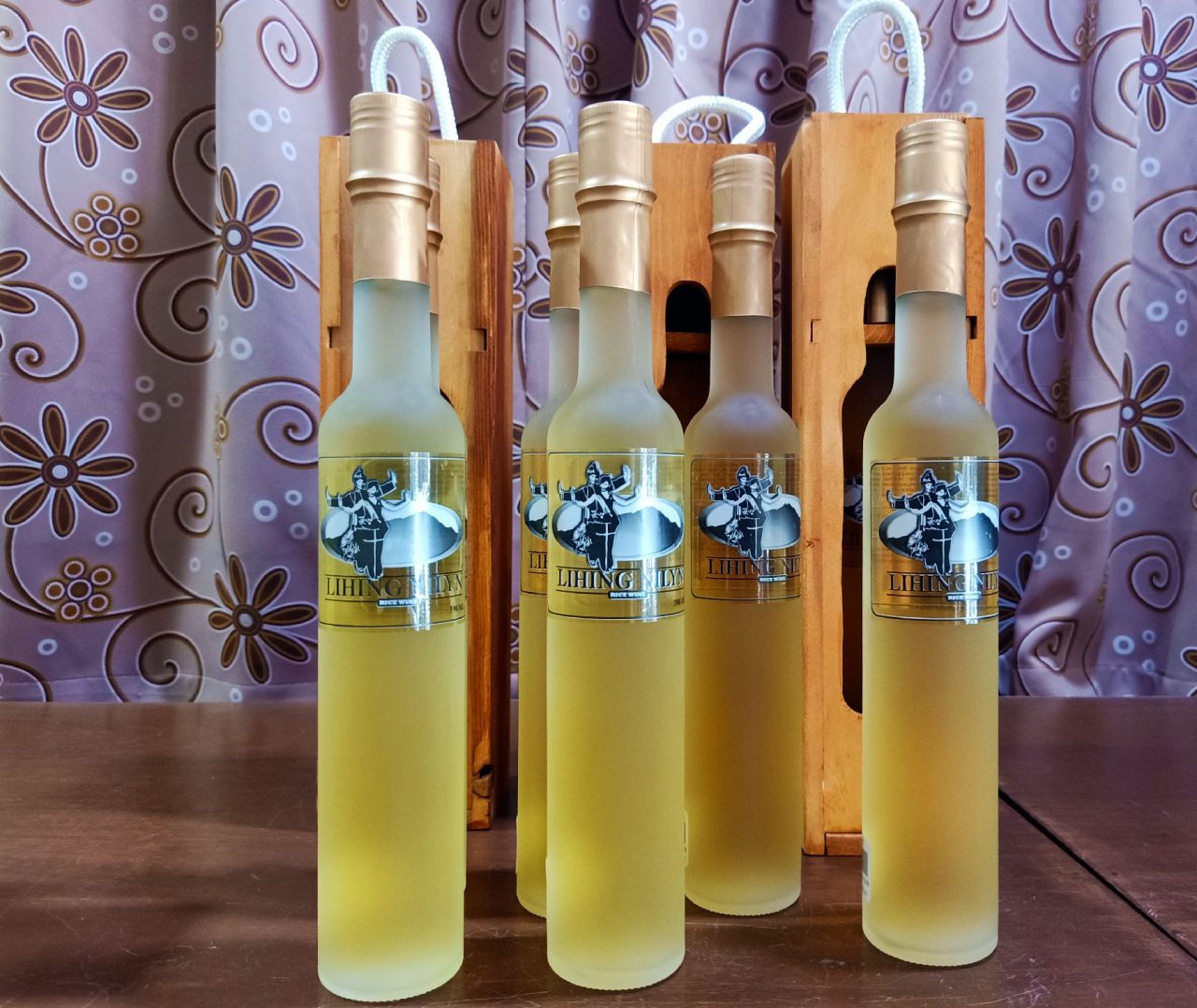
Website: neomarketingsb.weebly.com
E-mail: lihingnilyn@yahoo.com, neomarketingsb@gmail.com
Phone No.: +60 12-8311440 (Marina)

2. Haus of Lihing (HOL)
Eve June, from Papar, initiated HOL in Kuala Lumpur then slowly branching to Sabah in July 2020. And now she is looking forward to set up a production centre in Phuket, Thailand. The Lihing of HOL is pure rice wine without added sugar and water.
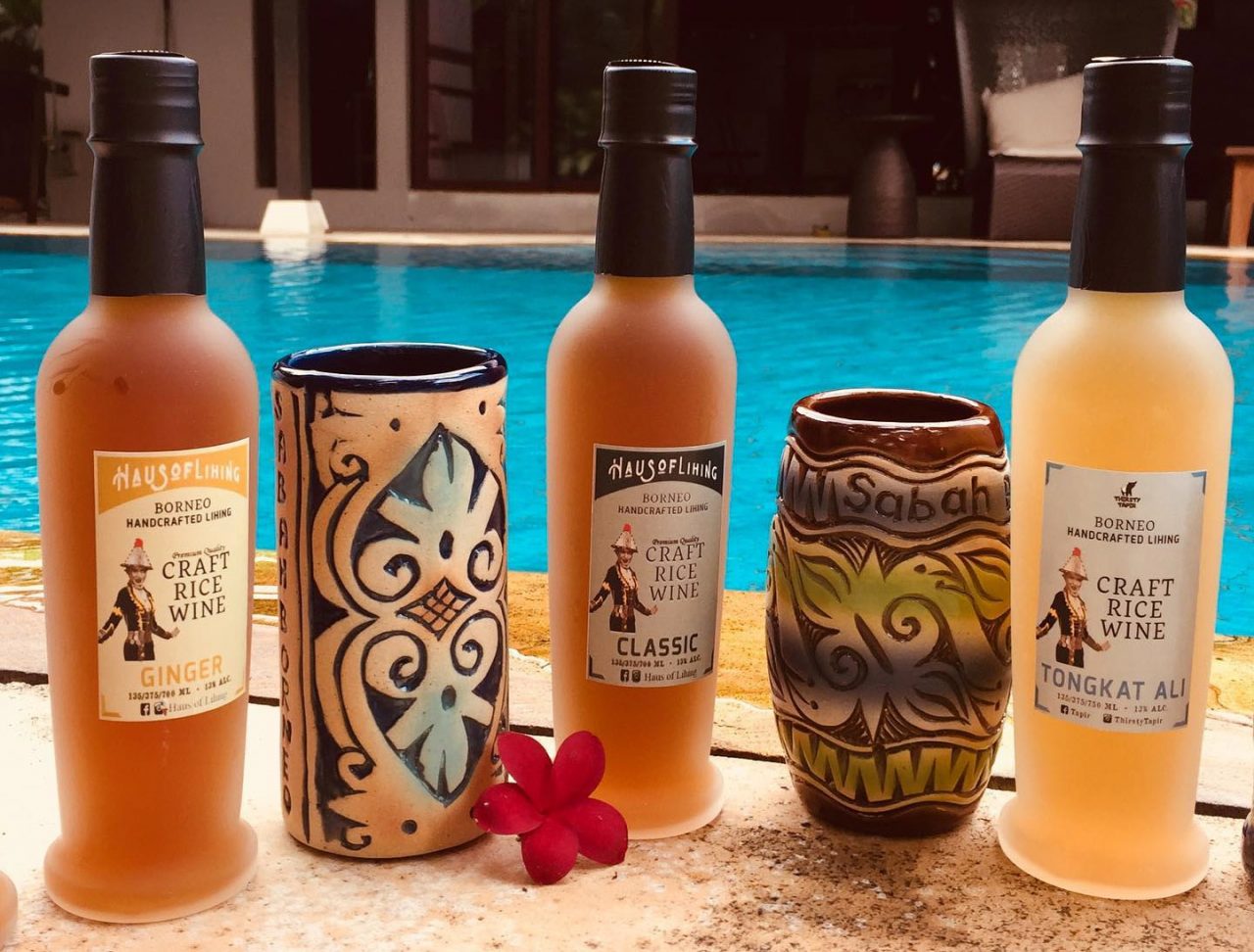
Besides classic Lihing, HOL also creates Lihing that contains herb such as ginger, cinnamon, ginseng, komburongoh, tongkat ali or kacip fatimah to boost its health value.
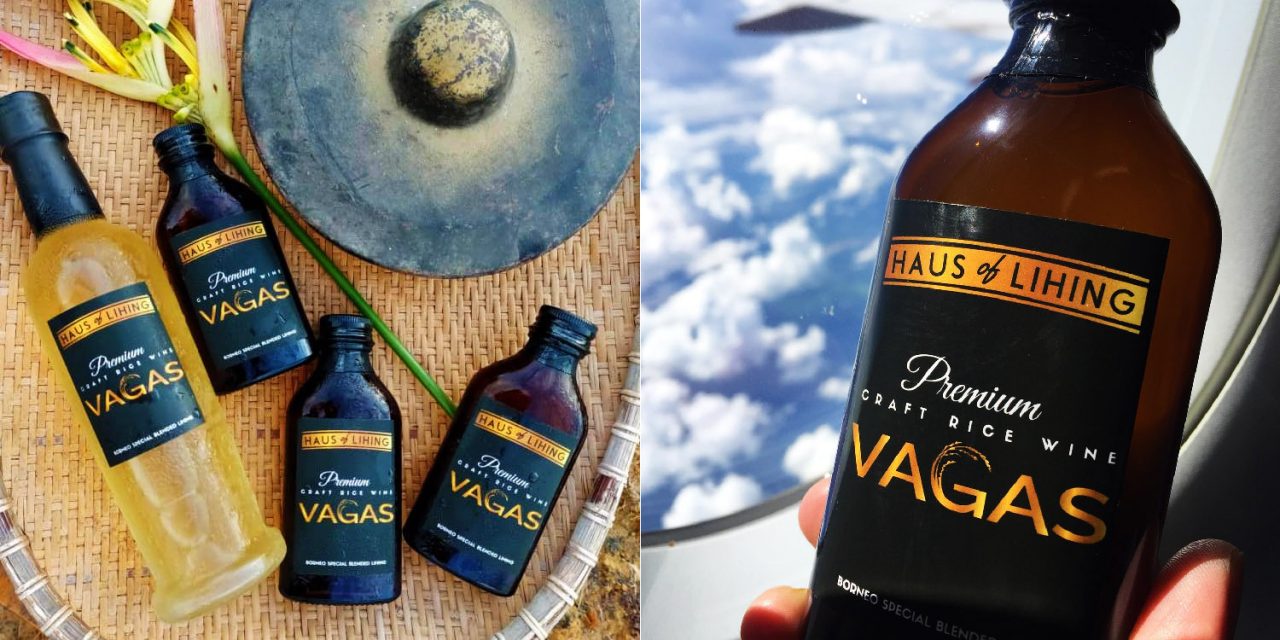
HOL also invests in R&D on production of premium Lihing by standardizing the quality factors such as fermentation time, type of yeasts, stringent hygiene, controlled temperature and quality measurement, under the guide of champion Lihing guru. HOL is also in the midst of building an education center to promote Sabah rice wines in Kuala Lumpur. This centre will be the only research centre where visitors can learn about Sabah rice wine, and have a taste of the 7 wonders of Lihing at the end of the tour.
Facebook: borneolihing
Instagram: borneospirits
E-mail: hausoflihing@gmail.com
Whatsapp & Phone: +60 12-8219835
3. Kasarahan Lihing
“Kasarahan” is a Dusun word which means reminiscing or thinking back to the old days. You know red wine goes well with certain meat. Many years ago, I discovered that chilled Lihing and fruits make a yummy combo. Therefore, I’m so delighted to find that fruity Lihing does exist. I tried the mango Lihing from Kasarahan and really like it.
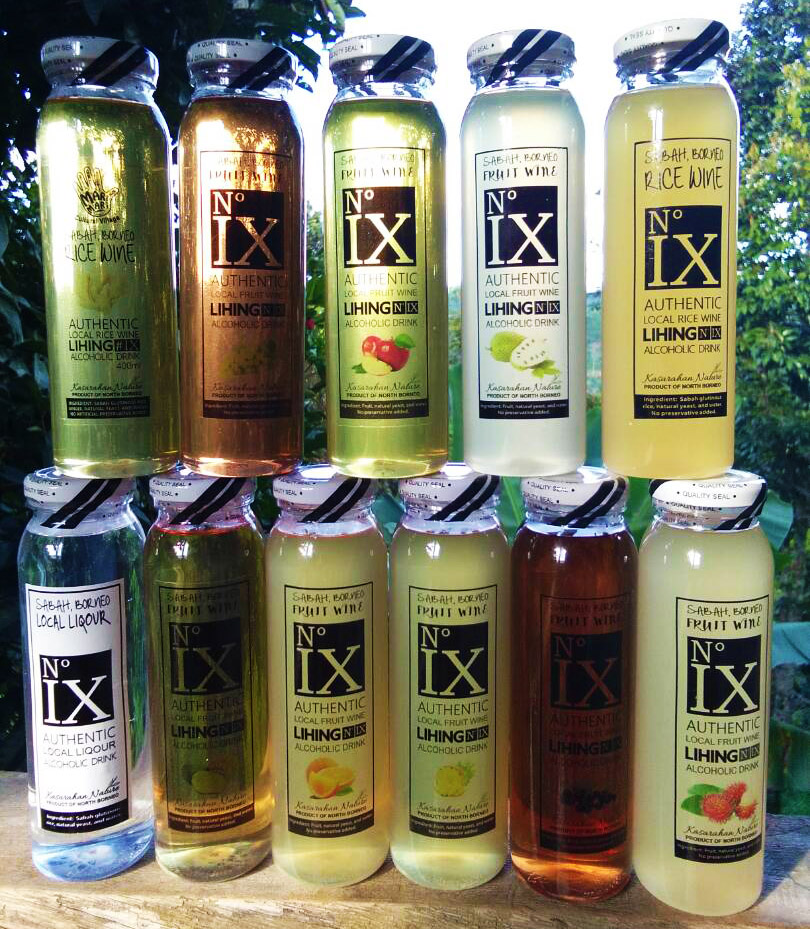
The available fruit flavours are rambutan, mango, banana, grapes, pineapple, apple, and soursop. These Lihing are fermented from real fruits, which requires different brewing techniques.
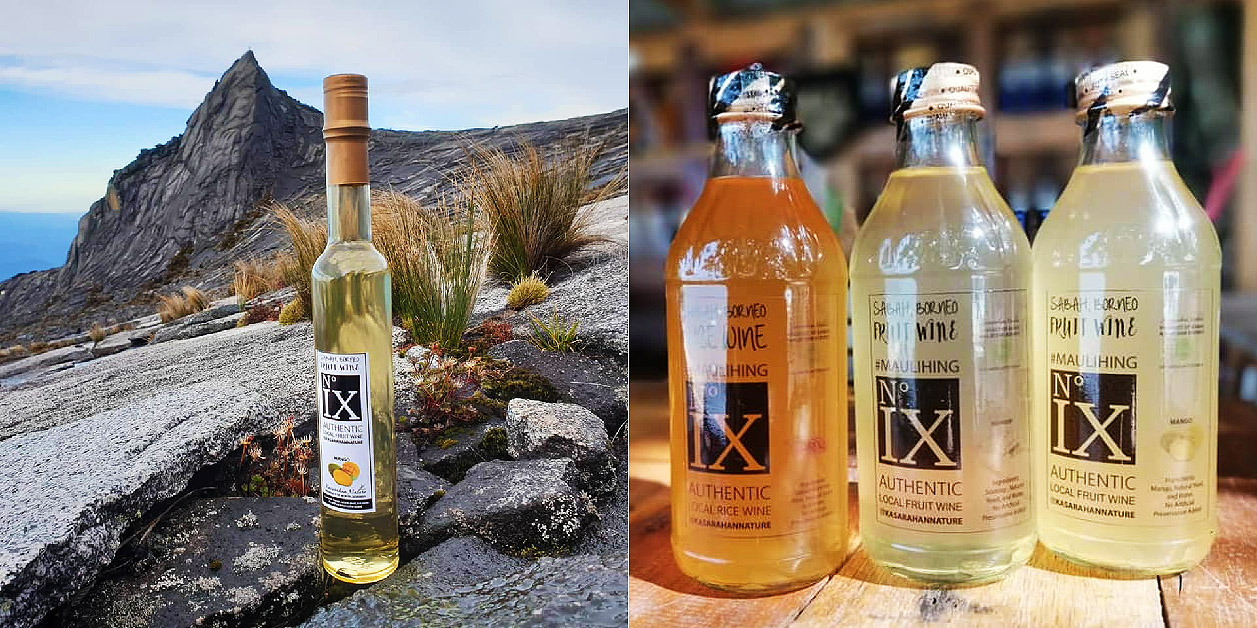
Facebook: KasarahanLihingIX
E-mail: kasarahanproduct@gmail.com
Whatsapp No.: +60 19-8628981
Instagram: kasarahan_lihing
Drinking Tapai
Tapai is also known as the “Happifying Brew”. It’s an integral part of Kadazandusun and Murut cultures, which view Tapai as the spiritual energy or the life force of the rice spirit, Bambarayon. To sip the Tapai when offered is honouring the Bambarayon and the host. Bonding and friendship are strengthen when everyone come together to socialize and sip tapai during rituals, celebrations and festivals.
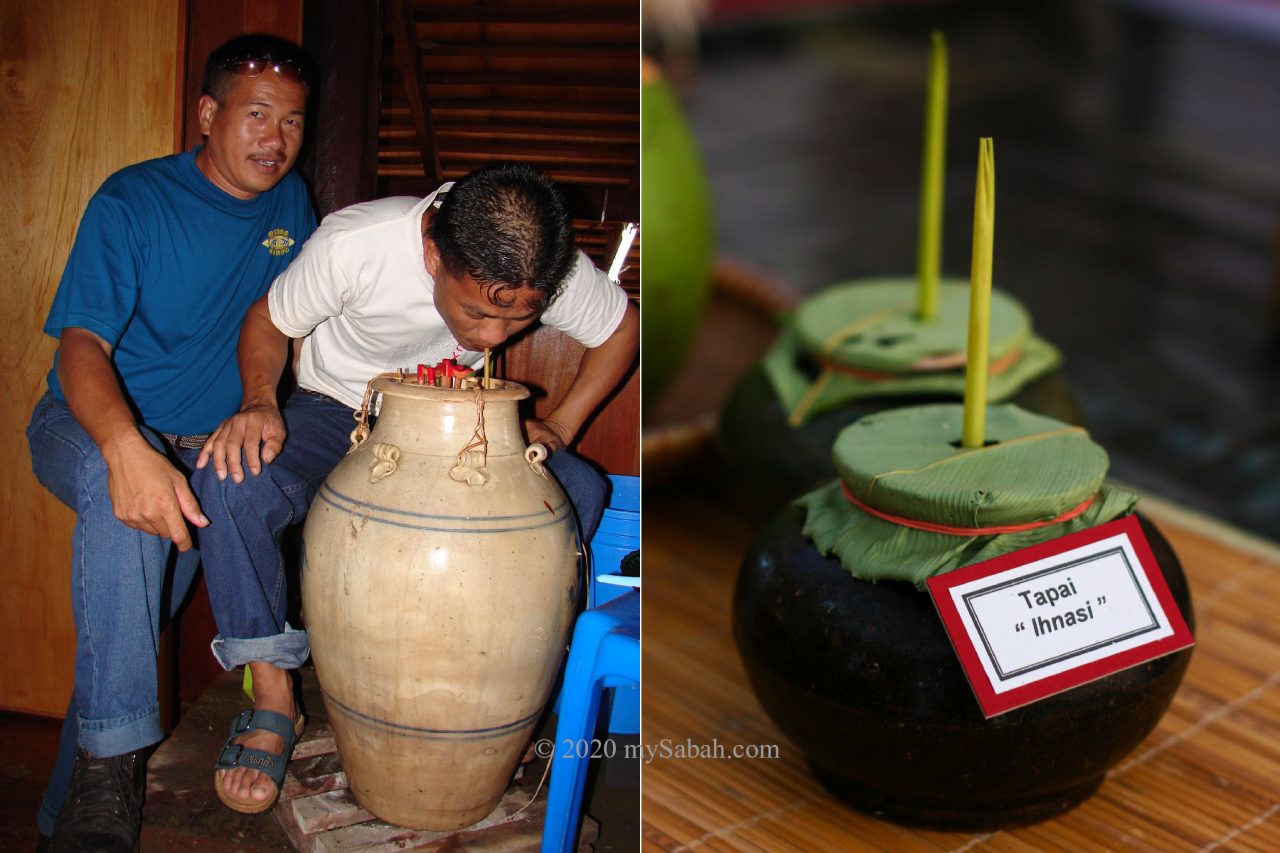
Tapai Sipping Party of Murut (tiiman)
The tapai sipping party is an intangible cultural heritage of Borneo because it is such a unique social gathering, which would remind you of the Japanese tea ceremony (茶道, sadō or chadō). Unfortunately, due to hygiene concerns, tiiman culture would change. Now drinking from a personal jar (tumpung), bamboo cup (suki) or plastic bottle is more preferred.
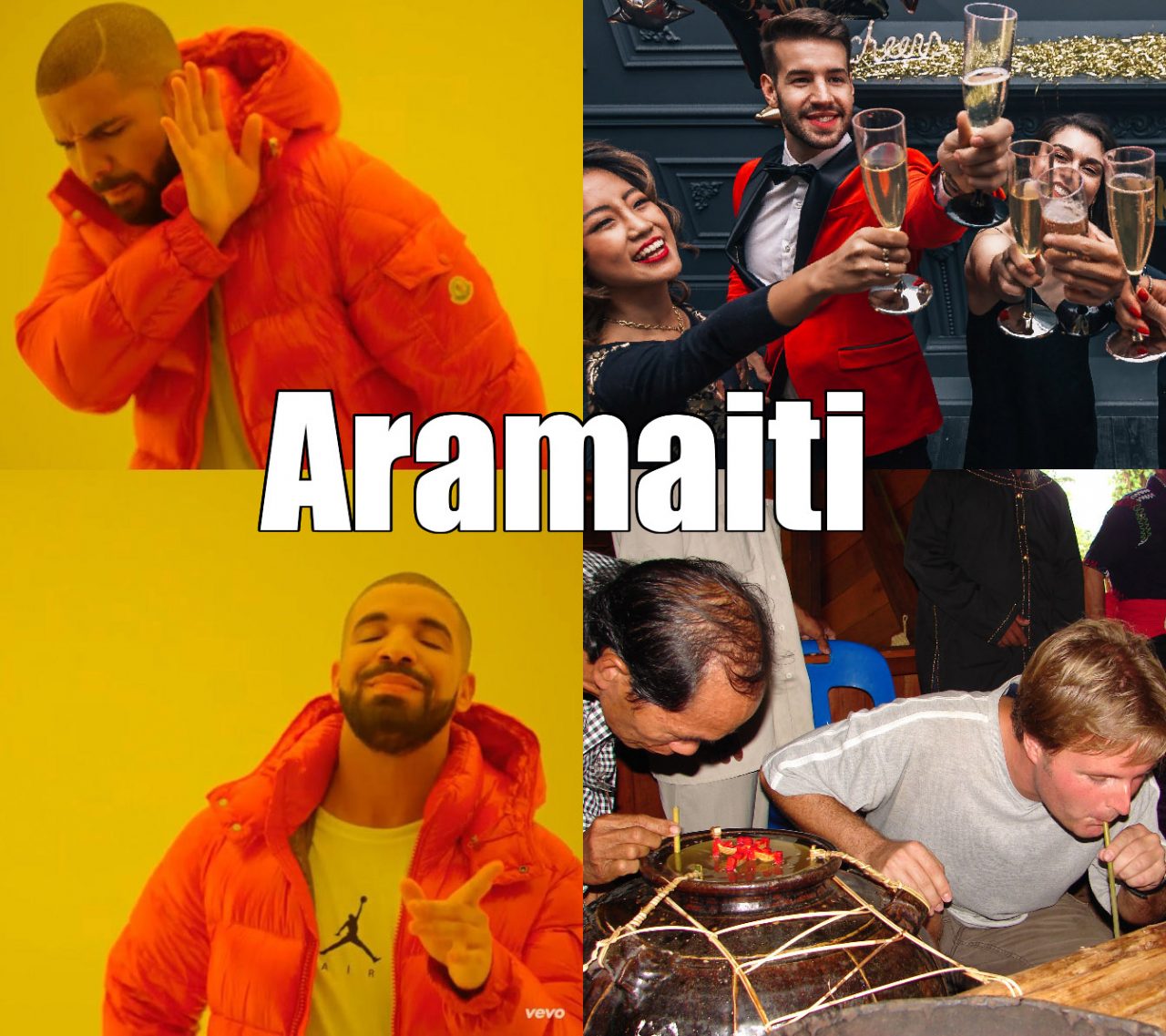
In Murut traditions, Tapai is not drunk from a cup or container but sipped through a tube straw, straight from the wine jar. First, guests are invited to a longhouse, where the host has one or more jars filled with Tapai ready for sipping. The lid is lifted off and the opening is covered with shallow cup of banana or tarap leaves. Clean water is then poured into the jar until it is full. After a few minutes, the water will dilute with Tapai and fit for drinking.
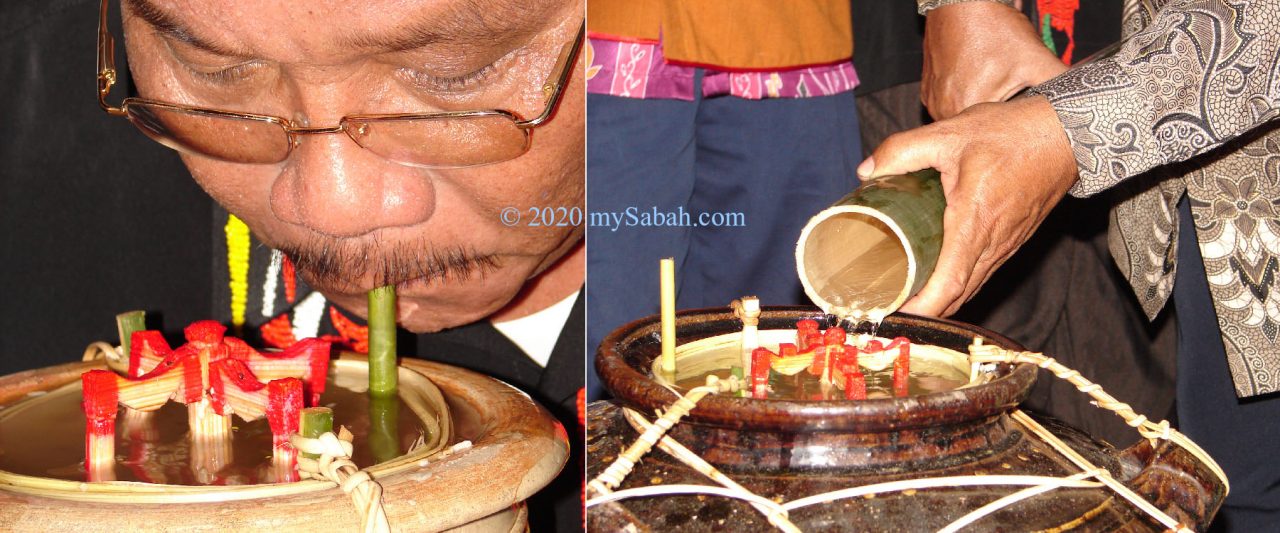
Before drinking, the host or lead-drinker (mommuun) recites a short pre-drinking prayer called mongirnbolit to seek blessing and protection from Bambarayon so everyone is free from sickness, poisoning and misbehavior associated with the drinking session.
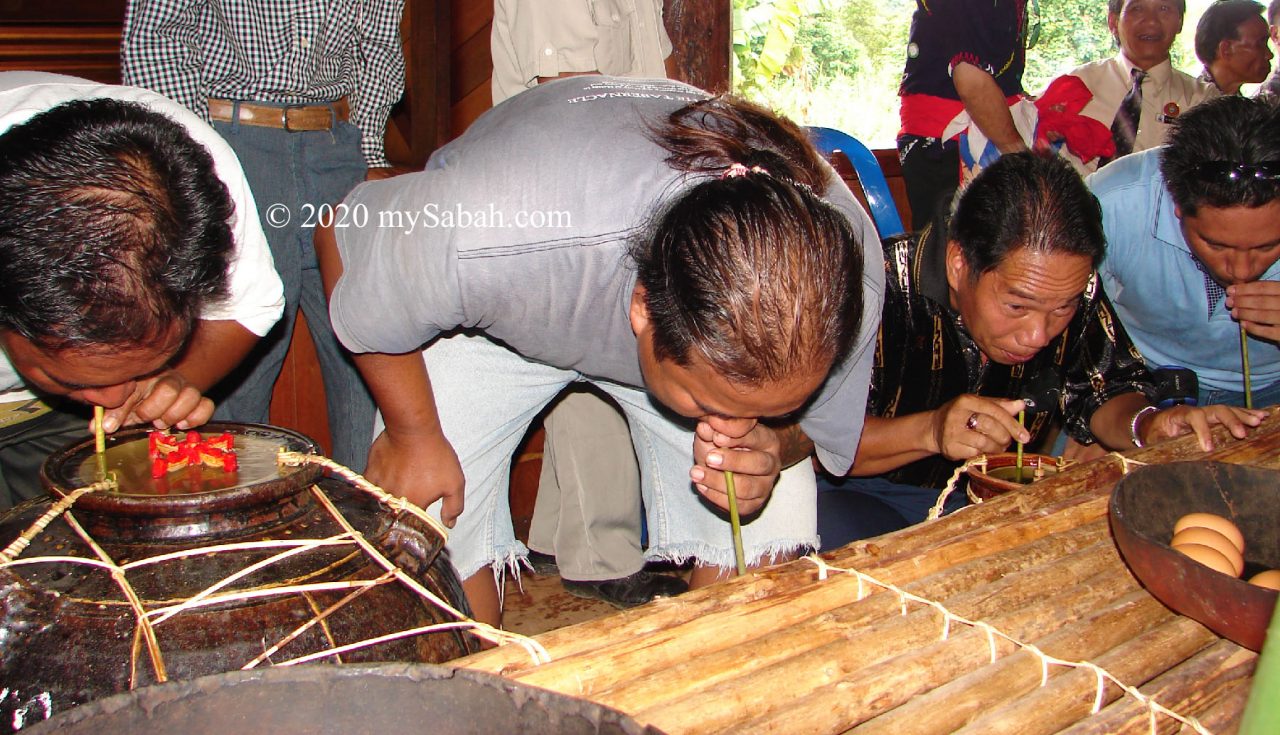
Next the long straw or siphon (tusuk) pierces through the leave cover and insert inside the jar. Now the guests can take turn to sip the Tapai from the jar. When Tapai is dry up after some rounds, more water is added and the sipping continues until the wine becomes tasteless, then new jar would be open for more drinking. The drinkers can eat some salted meat, fish, vegetables and other thirst-provoking tidbits nearby the jar during drinking intervals. The drinking session is accompanied by the gong beating, or singing of folk songs or drinking chants. However, such merry making actions are forbidden in funeral ceremony and certain rituals.
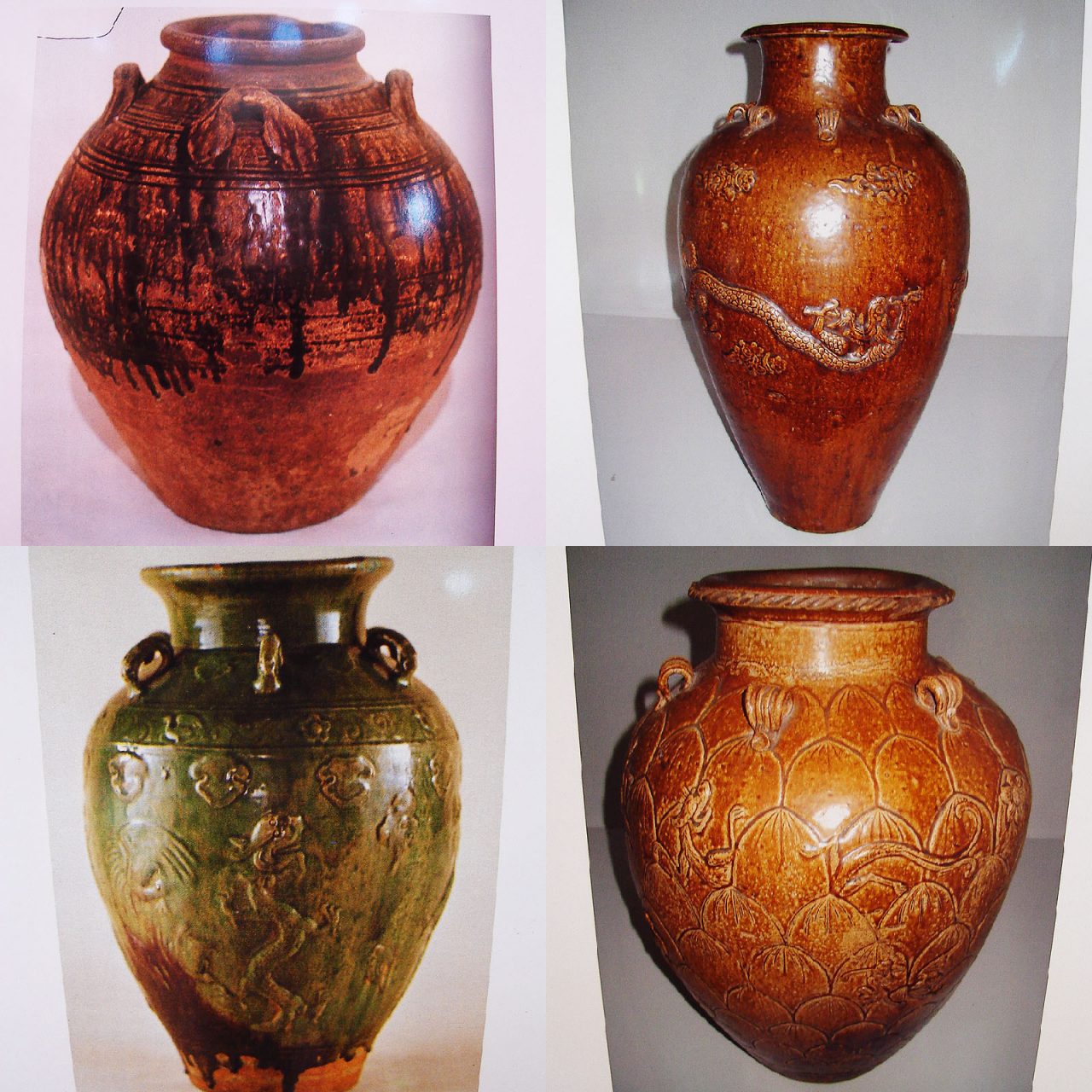
It is a common custom that the tapai in the jars must be finished. At the end, most guests would be so drunk and lay around the floor.
Drinking Etiquette
You must be respectful to the host and other guests. To avoid leaving a bad impression, the following is a list of “Don’t”:
- Tapai sipping is meant to be a friendly event. Fighting and quarreling won’t be tolerated.
- It’s impolite to refuse the offer to drink. Even if you don’t drink, just sip a bit to wet your lip to give face.
- Don’t complain to the host if the Tapai doesn’t taste good. You would insult the host.
- Don’t blow the straw while sipping. Don’t pull it out of the jar. Don’t touch the straw while someone is sipping.
- Don’t sneeze, spit or vomit while you sip.
- Don’t overtake other drinkers in queue.
- Be mindful of your manner when you are drunk. The elders will observe your personality. A disaster if you act like a party pooper in front of your crush and her parents.
- Don’t just take the tapai snacks without drinking.
- Though you are high on alcohol, don’t get “overly friendly” with the wives and daughters of others.
- Don’t move the jar without permission from the host.
- Don’t step over the jar or the food.
Please don’t drive after drinking. You can sleepover, or have a designated driver or taxi to send you home safely.
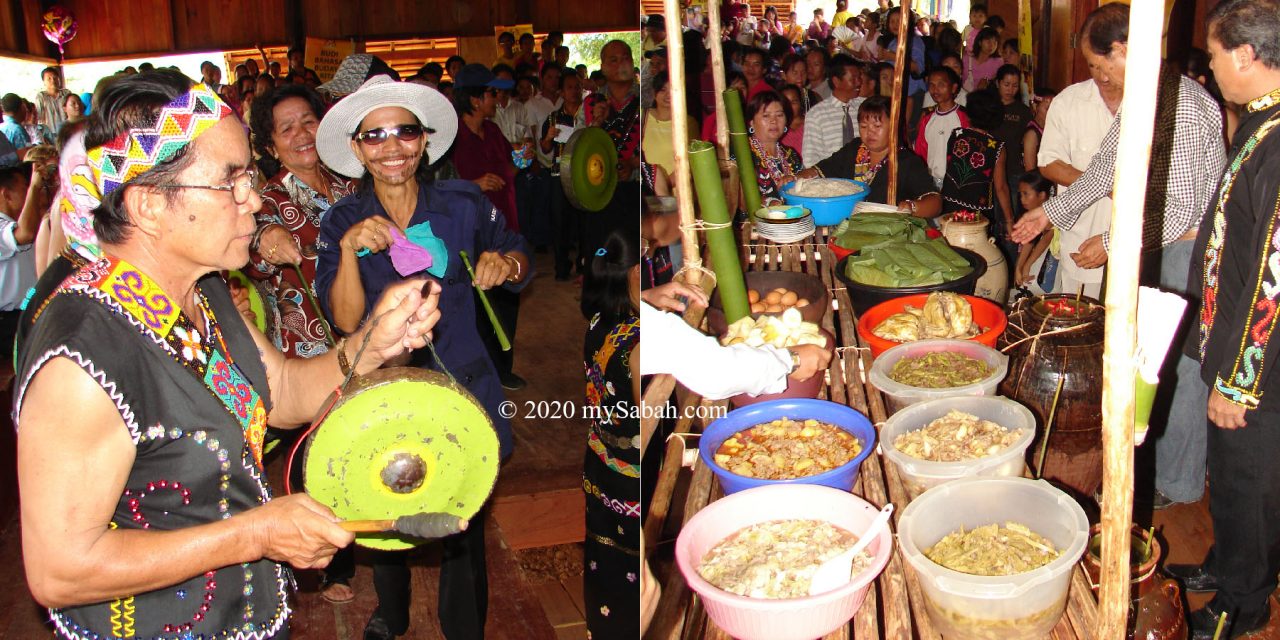
How to Make Lihing
Many households can make their own Tapai or Lihing. They are quite simple to make. But if you want the best Lihing, you need to master the skill in managing the water, rice, temperature, yeast and timing. Taboos in brewing Lihing include no swearing and fighting during the rice cooking, or the wine will turn sour or spoiled. In the past, the leavening or fermenting ritual (moginomulok) must be performed by a bobohizan (Native High Priest) first to ensure a successful brewing.
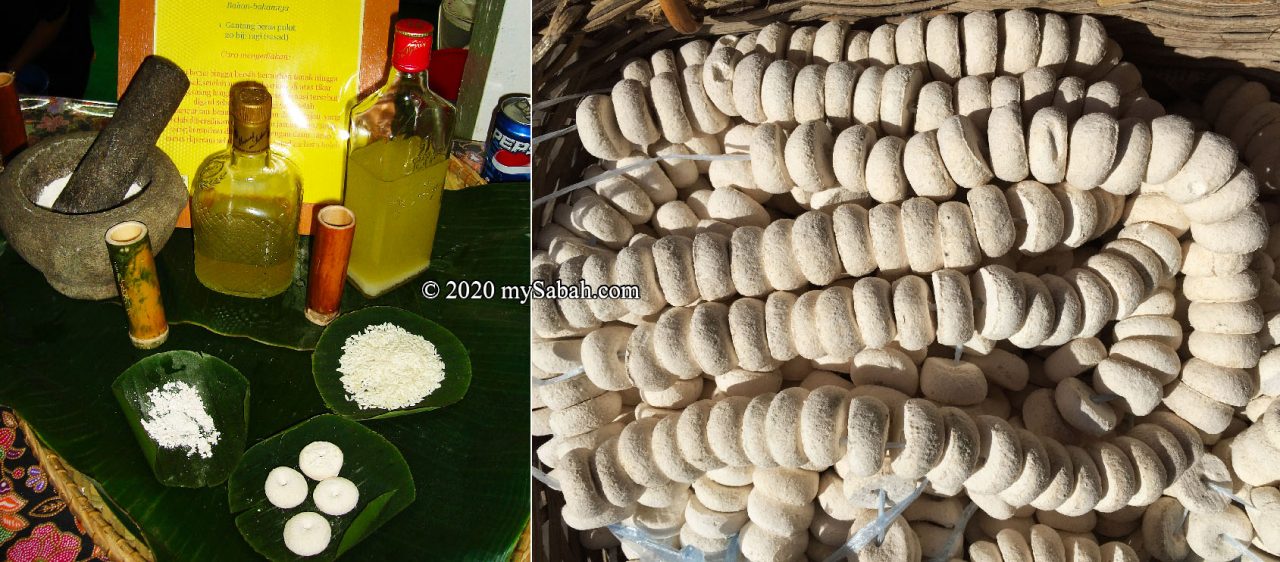
Ingredients
- 1 gantang (2.419 Kilograms) of glutinous rice (pulut)
- 20 balls of yeast (sasad)
- 4 table spoon of red rice
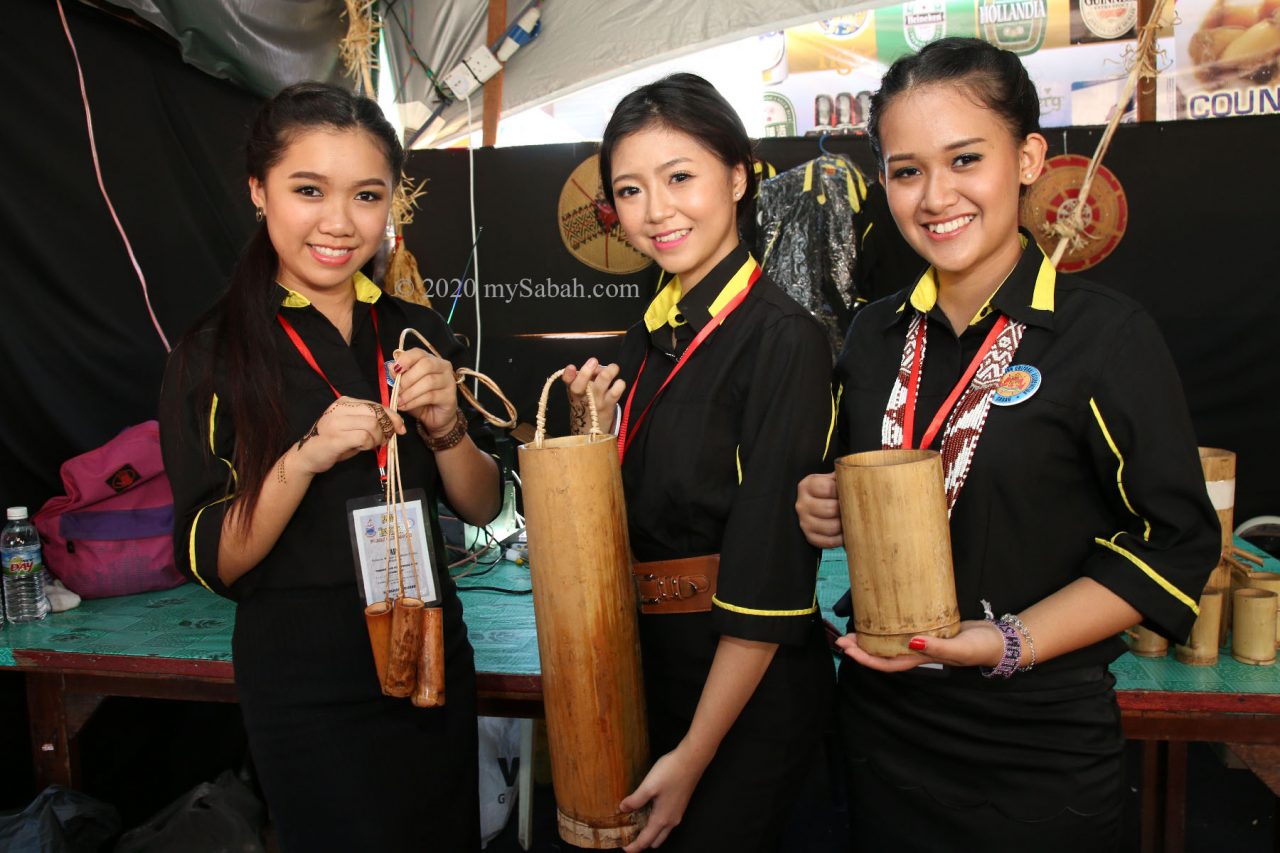
Process
- Wash the glutinous rice and boil it with right proportion of clean water. Don’t overcook the rice.
- Spread the cooked rice on a mat or banana leaves to let it cool down.
- Pound the yeast (fermenting agent) into powder and mixed it thoroughly with the rice.
- Scrub a ceramic jar clean with daing or gosing leaves, and dry the jar completely under the sun.
- Store the rice mixture in the jar and seal the opening airtight (it’ll turn into vinegar if exposed to air).
- For flavouring, additives such as tobacco, cinnamon and other herbs may be added.
- Place the fermenting jar in a dark, cool and dry place for a month or two.
- When mature, sieve the fermented mash to collect the clear brownish liquor (wine).
References
- “Tapai, Traditional Drinks of the Natives of Borneo” by Rayner F. Udong
- “The Beliefs and Practices of the Kadazandusun-Murut” by John Seet
- Special thanks to Ms Eve June, Ms Bernardine and Mr. Simon for sharing their knowledge on Sabah rice wines
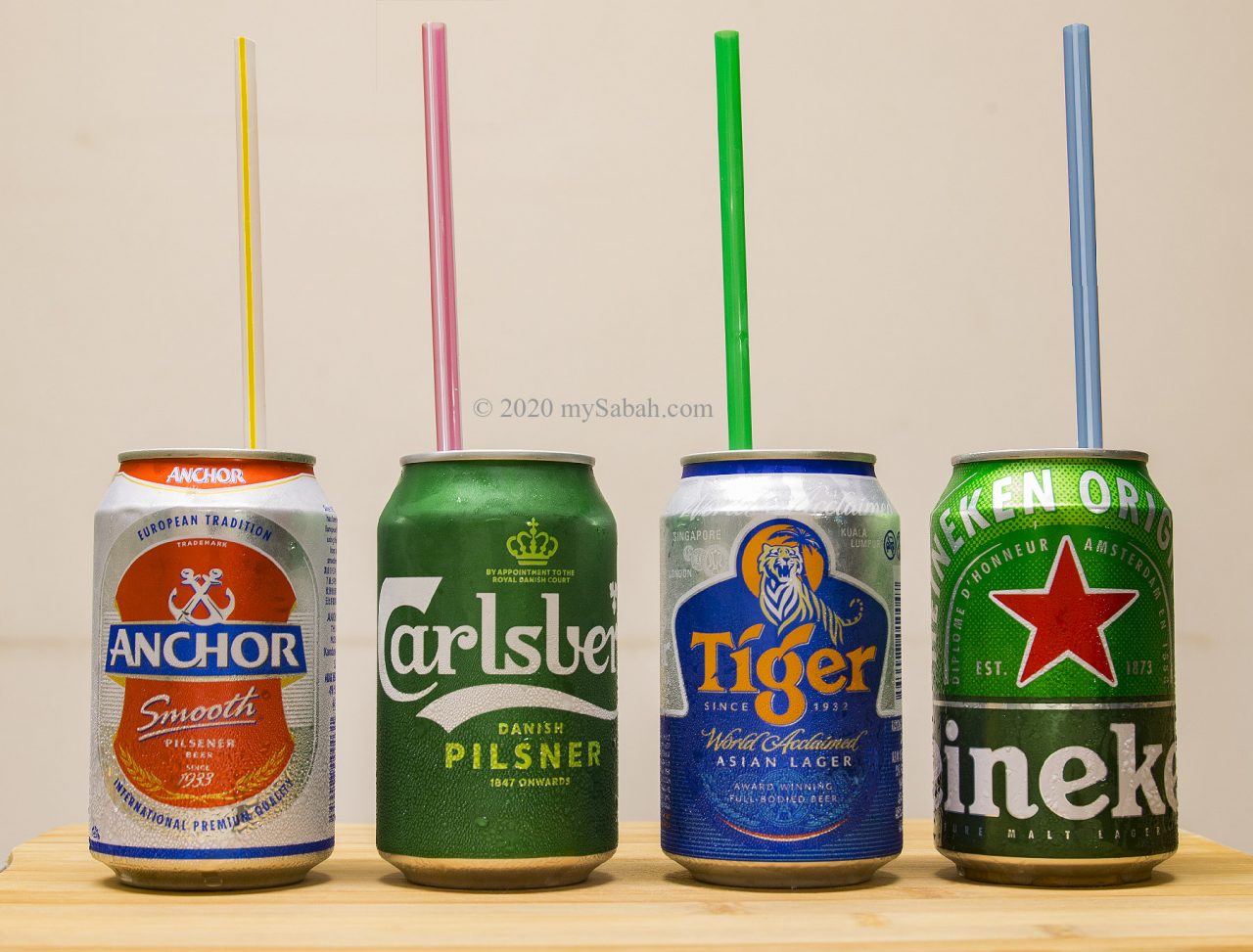
Thank you for reading until this point. I hope this article helps you to learn about Sabah wines in a fun way. I have no intention of promoting binge drinking, as having too much of anything is always harmful. So, drink moderately, and stay happy and intoxicated healthy! Aramaiti!
Photos taken in Sabah, Malaysia Borneo
